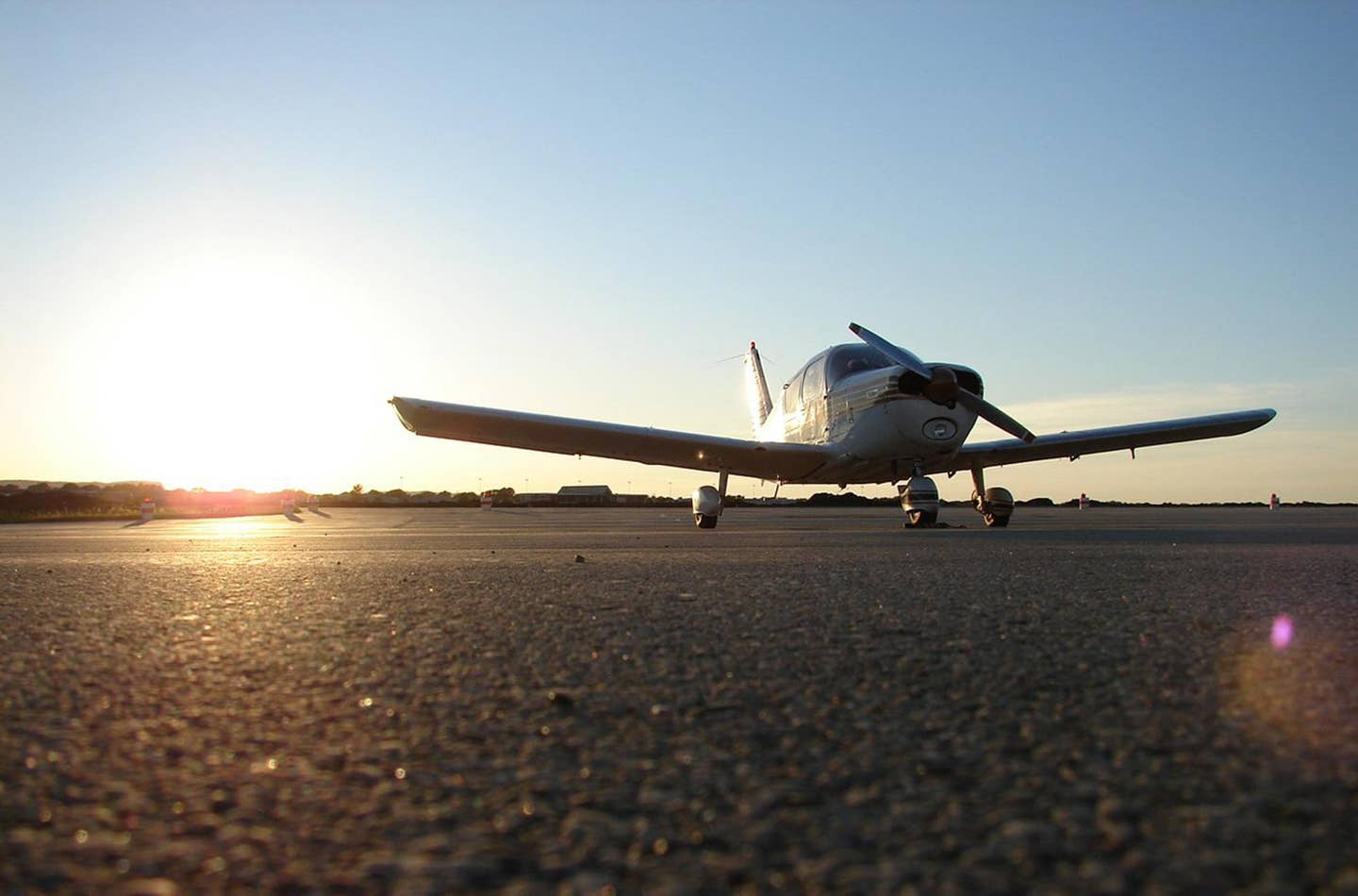CESSNA 210
If the story of the Bonanza is clean-sheet design capturing a new idea, that of the Cessna 210 was anything but. The original in 1957 was little more than a…

The Cessna 210 evolved into numerous models, including the turbocharged, pressurized P-210.
If the story of the Bonanza is clean-sheet design capturing a new idea, that of the Cessna 210 was anything but. The original in 1957 was little more than a Cessna 182 with retractable gear, though in fairness, the first real 210 didn't arrive on the scene until Cessna decided to make the commitment in 1961, giving the plane a redesigned fuselage with another pair of windows, a greatly updated wing and a more powerful engine. A few years later, Cessna introduced the cantilever wing that pilots today identify with the type.
The Cessna 210 Centurion was the primary competitor to the Beech Bonanza throughout most of the '60s and all of the 1970's. It was fast---by the time it reached its pinnacle, the 210 could do around 200 knots up high and 180 or better at more common altitudes with a maximum 900 nm range and an impressive payload to boot.
The 210, with its high-wing design and Cessna's maker's mark, attracted famously loyal Cessna flyers, who needed little additional incentive to move up from a 182 to the premier Cessna piston single. And over the years Cessna added new models, including a very popular turbocharged model that gave the type excellent cruise speeds in the mid-teen flight levels and improved hot-and-high capabilities, ideal for pilots from the south and especially southwest, where mountainous terrain and high temperatures were hugely limiting factors for normally aspirated aircraft.
The ultimate expression of the type was the pressurized Cessna 210, a fast, comfortable and high-flying airplane that demanded pilot skill and fine attention to detail. It was the only aircraft on our list, by the way, to evolve to a pressurized version, as other manufacturers balked at the costs and complexities. Piper did create a clean-sheet pressurized plane, the PA-46 Malibu, which has expanded into an impressive lineup of aircraft, most of which are turboprop powered but that also include the sophisticated and successful M350, the direct descendent of the Malibu. Cessna, on the other hand, turned to light jets in a big way, a decision that it hasn't regretted, either.

Subscribe to Our Newsletter
Get the latest Plane & Pilot Magazine stories delivered directly to your inbox






